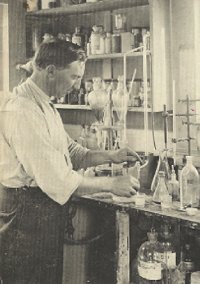
The Chemurgic Story
Chemurgic’s beginnings trace back to 1905 at the University of California, Berkley. Two chemistry students, E. Ellersile Luther and his fellow classmate, William Volck, were asked by their professor to come up with a way for Watsonville apple growers to gain control of a Codling Moth outbreak that was threatening the entire industry. That summer, Luther and Volck were the first to successfully adapt an early insecticide, basic lead arsenate, for use in a fruit orchard setting.
Luther, capitalizing on his success with the Codling Moth, started the California Spray Chemical Company in Emeryville, near the Berkley campus. Volck, soon to become the namesake for Volck Supreme Oil spray, joined Luther as an employee.
Luther’s company was a true pioneer in the emerging field of crop protection chemicals. Its first landmark achievement was the reformulation of an approved basic lead arsenate.
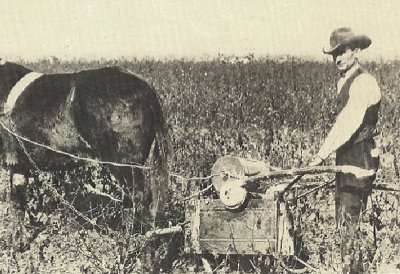
Into the 20s, the company developed innovative crop additives, treatments, and methods to combat agricultural pests. Notable inventions included:
- Emulsified oils as a safe and efficacious replacement of kerosene for scale control in citrus and deciduous orchards.
- Delmo-Z Spray (Zinc Sulfate)
- The Vapo-Dust method of pest control
Luther’s insistence on using college graduates to sell his products was a direct reflection of his commitment to engage able minds in solving problems faced by farmers, and it was during this period that the company coined the term “Ortho.”
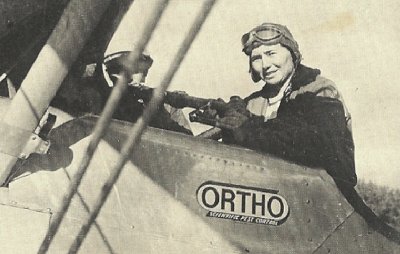
In spite of his success, Luther’s company was not immune to the market crash of 1929. Over-extended and undercapitalized, Luther signed an agreement with Standard Oil of California, leading to the start of Chevron Chemical and the Ortho product line. As part of the agreement, Luther was retained as consultant at the Emeryville lab where he continued to add new products to the lineup.
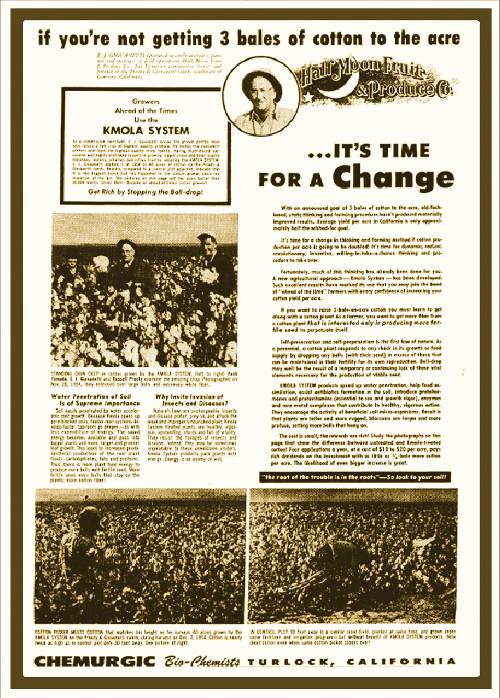
By the late 1930s, Luther was doing research for the Department of Defense, working with magnesium and phosphorous for use in incendiaries. Within days of the 1941 attack on Pearl Harbor, the department contracted with him to design, build, and manage a plant to produce bombs for use in the Pacific Theatre.
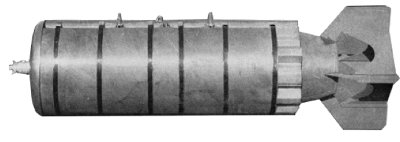
Luther chose a 160-acre site, 100 miles inland from the Pacific coast near Turlock, California, as a strategically sound location for Luther’s newly formed company, Chemurgic Corporation, to build and operate the plant.
The term “Chemurgy,” had been coined by chemist and author William Hale in his 1934 book, The Farm Chemurgic, which dealt with the preparing of industrial products from agricultural raw materials. Luther adapted the term as a fitting namesake for his company.
During the course of the war, Chemurgic Corporation and its employees received numerous commendations for their efficient production of an estimated 14 million M-69 bombs.
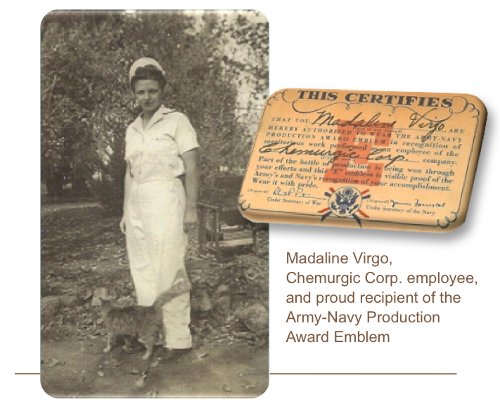
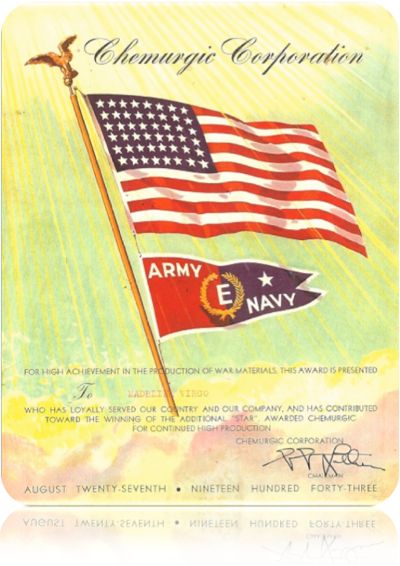
After World War II, the factory closed, parcels were sold, and most of the acreage reverted to farmland. The remaining portion was purchased by Chemurgic Corporation, which returned to the crop protection and fertilizer business.
In the 1950s, Chemurgic facilitated rapid expansion of its retail operations, gaining significant market share from Fresno to Sacramento. Al Britz and Harvey Lyman, early founders in the industry, were Chemurgic employees at the time.
As the markets changed, Chemurgic evolved. In 1961, Chemurgic Corporation became Chemurgic Agricultural Chemicals, Inc., and has since expanded its capabilities to include formulation, packaging and distribution of crop protection chemicals, additives, and various high-quality plant nutrients.
Today, Chemurgic has 20,000 square feet of warehouse space for formulation and packaging, over 1.2 million gallons of liquid fertilizer storage capacity, and 7,500 tons of dry fertilizer storage. Chemurgic, along with Ag Production Company, shares the 32 acre facility with over 2,700 feet of rail, serviced directly by the Union Pacific Railroad. Our plant location is ideal for rail to truck transfer and warehousing of nutrients.

